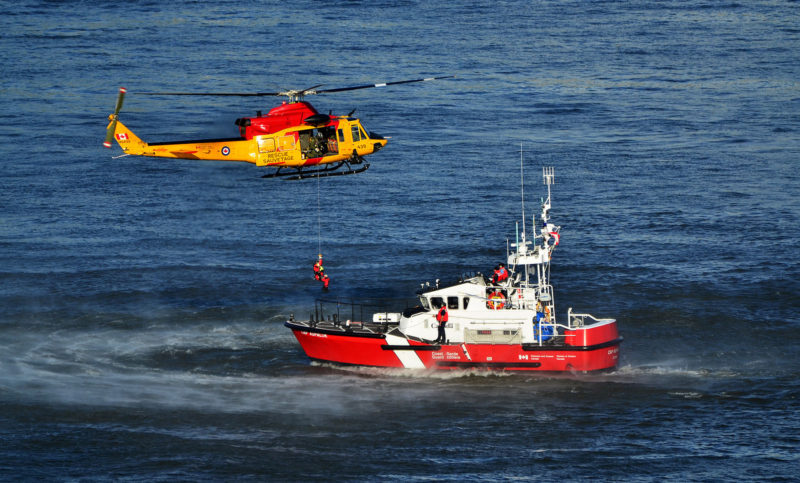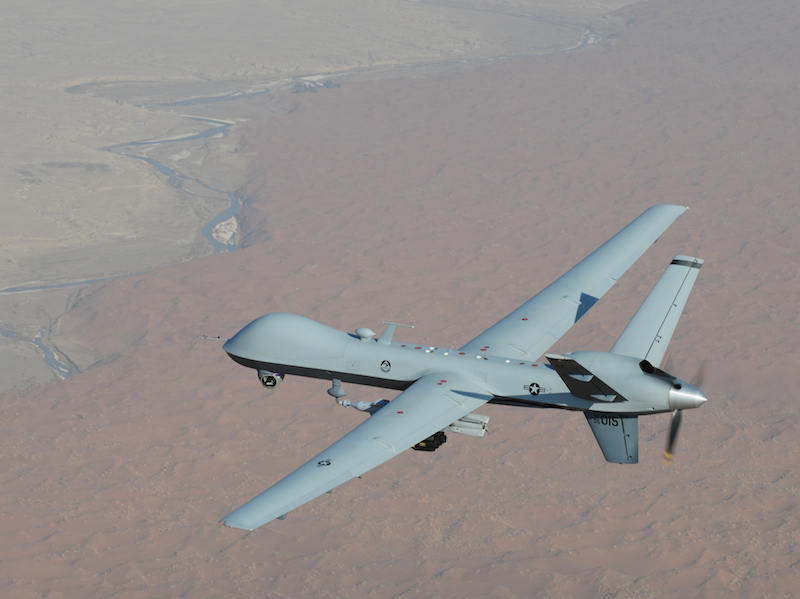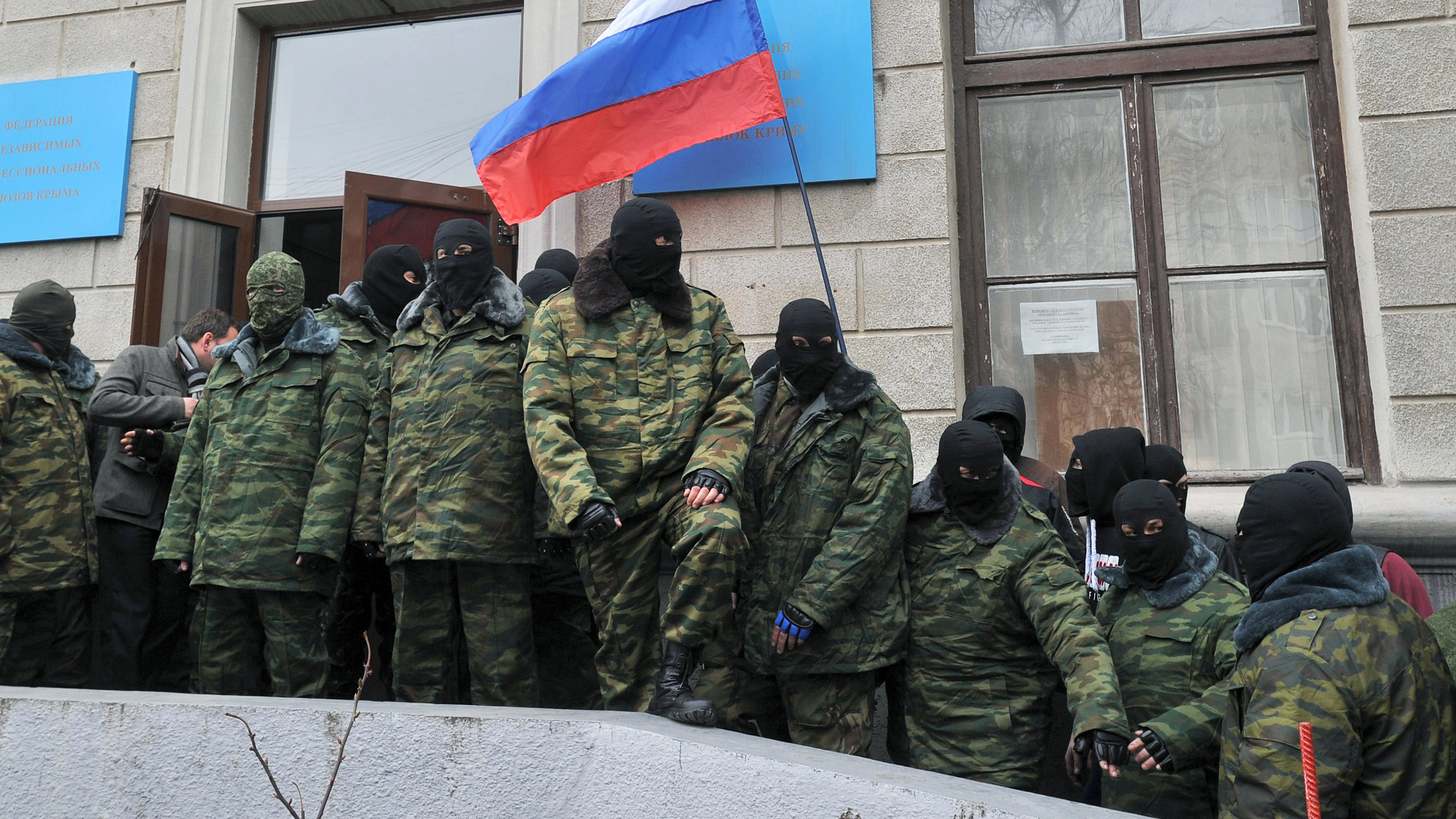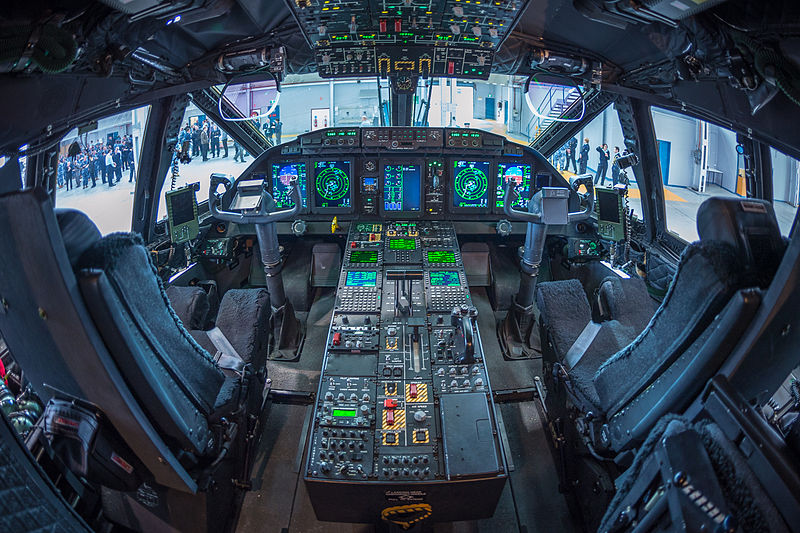From CH-146 Griffons providing assistance to civilian authorities battling the recent Fort McMurray fires, to a CH-149 Cormorant rescuing a family of four in the Northwest Territories during this year’s search and rescue exercise (SAREX), to the always impressive sight of a CH-147F Chinook transporting an M777 Howitzer, Canada’s military helicopters fulfill an important role in supporting domestic and international operations.
Despite their importance, the acquisition process for military helicopters is not exempt from shifting political priorities, fluctuations in the defence budget, politicization, and bargain hunting.
The Cormorant and Griffon acquisition processes highlight the perils of short-term political opportunism. While political oversight is to be expected, politicization of acquisition projects can cause long-term problems for our armed forces. The cancellation of the contract for the EH-101s in 1993 by the new liberal government and subsequent renegotiations for the same aircraft by the same liberal government created a 10 year delay in delivery during which operational strain was increased on the Sea King and Iroquois helicopter fleets.
The politically motivated decision to purchase the Bell 412 did result in important economic and industrial returns for the province of Quebec. The move also resulted in the purchase of a civilian aircraft ill-suited for military tasks. The Bell 412, before it could be taken into service as the CH-146 Griffons required several modular upgrades and retrofits to correct its limitations.
Under the Tactical Reconnaissance Utility Helicopter (TRUGH), fleet rationalization and politicization should not be limiting factors when considering a replacement aircraft. Rather, lessons learned from combat experience in Afghanistan and sound, capabilities-based analysis must lead the way to the purchase of an aircraft that is seamlessly suited to military tasks.
Additionally, the procurement of the Chinook and the Griffon helicopters highlight the problems with the enduring expectation that off the shelf (OTS) defence equipment can meet Canada’s unique set of operational requirements at a lower cost. While OTS is an attractive approach to procurement, it comes with its own set of risks and challenges. Defence equipment procured on the basis of a bargain rather than on value-added to Canada’s defence capabilities will leave the CF short-changed.
In the 1998 Auditor General’s report, we were reminded that ‘the ultimate goal of defence procurement is not to buy platforms — ships, vehicles and aircraft — but to build defence capability.’ The CF needs a long-term, non-partisan and honest commitment from politicians that increasing Canada’s defence capabilities is a valuable objective in and of itself, not a trump card to play in the game called politics.
Photo: “A rescue exercise by the Royal Canadian Air Force and the Canadian Coast Guard” (2012), by Antoine Letarte via Wikimedia. Licensed under CC BY 3.0.
Disclaimer: Any views or opinions expressed in articles are solely those of the authors and do not necessarily represent the views of the NATO Association of Canada.




